SOSA, Japan (AFP) ― With a deft clip here and a gentle tug there, Makoto Ishibashi sculpts trees with the skill of an artisan whose work is far more than just a job.
The heir to a centuries-old family business, he creates masterpieces that can turn a pine tree into a work of art that could fetch $40,000.
“This tree is a woman ― the leaves are soft,” the arborist says of the pine into a triangle at his farm in the city of Sosa.
“Trees are my family ― they don’t say what they want but they are sending messages about how they want to be shaped.
“The feeling may be one-sided, but I believe that we share something with trees, just like living creatures.”
That dramatic effect involves chiseling branches to twist and pull them into shape, while keeping the tree alive, a delicate technique called “nomiire.”
“Oh, it hurts? Sorry, I’ll do it slowly,” Tadayoshi Udono, an expert in the style, says to one tree as its branch squeaks under the pressure.
Like many traditional crafts, the art of shaping so-called “macro bonsai” trees ― cousins to the smaller and potted bonsai ― has been facing tough times.
Few among the younger generation are taking up the painstaking profession these days, and some who abandoned the trade as the economy turned sour in recent years.
Producers are banking on overseas demand.
Japan exported about 8.17 billion yen ($82 million) worth of trees, plants and miniature bonsai last year, up 22 percent from 2011.
While Ishibashi has come a long way since then, the veteran still thinks he has only scratched the surface.
“This job is profound ― I won’t learn everything before the end of my life.”
The heir to a centuries-old family business, he creates masterpieces that can turn a pine tree into a work of art that could fetch $40,000.
“This tree is a woman ― the leaves are soft,” the arborist says of the pine into a triangle at his farm in the city of Sosa.
“Trees are my family ― they don’t say what they want but they are sending messages about how they want to be shaped.
“The feeling may be one-sided, but I believe that we share something with trees, just like living creatures.”
That dramatic effect involves chiseling branches to twist and pull them into shape, while keeping the tree alive, a delicate technique called “nomiire.”
“Oh, it hurts? Sorry, I’ll do it slowly,” Tadayoshi Udono, an expert in the style, says to one tree as its branch squeaks under the pressure.
Like many traditional crafts, the art of shaping so-called “macro bonsai” trees ― cousins to the smaller and potted bonsai ― has been facing tough times.
Few among the younger generation are taking up the painstaking profession these days, and some who abandoned the trade as the economy turned sour in recent years.
Producers are banking on overseas demand.
Japan exported about 8.17 billion yen ($82 million) worth of trees, plants and miniature bonsai last year, up 22 percent from 2011.
While Ishibashi has come a long way since then, the veteran still thinks he has only scratched the surface.
“This job is profound ― I won’t learn everything before the end of my life.”
-
Articles by Korea Herald



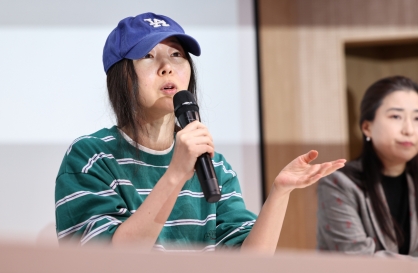
![[Herald Interview] 'Amid aging population, Korea to invite more young professionals from overseas'](http://res.heraldm.com/phpwas/restmb_idxmake.php?idx=644&simg=/content/image/2024/04/24/20240424050844_0.jpg&u=20240424200058)
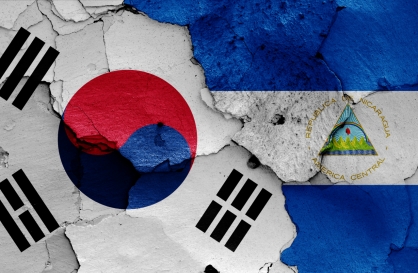

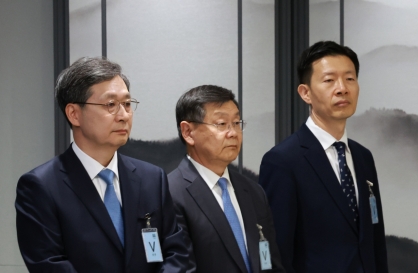
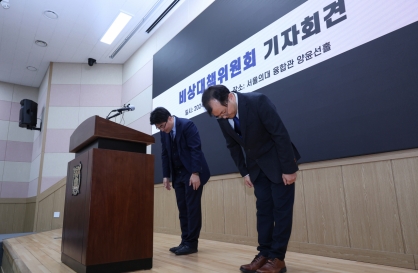


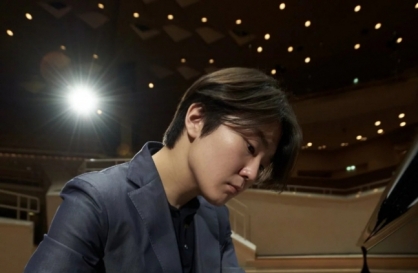


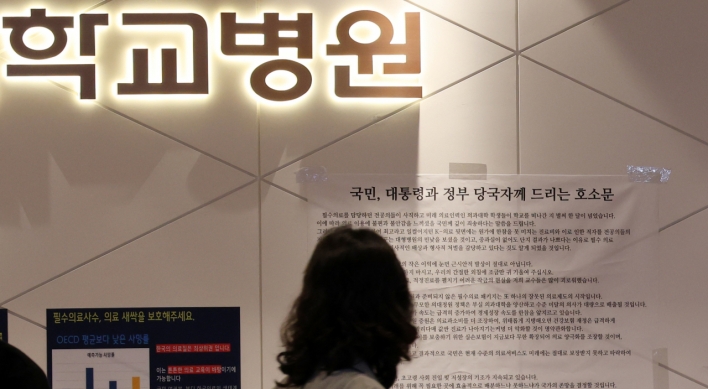


![[KH Explains] Korean shipbuilding stocks rally: Real growth or bubble?](http://res.heraldm.com/phpwas/restmb_idxmake.php?idx=652&simg=/content/image/2024/04/25/20240425050656_0.jpg&u=)

